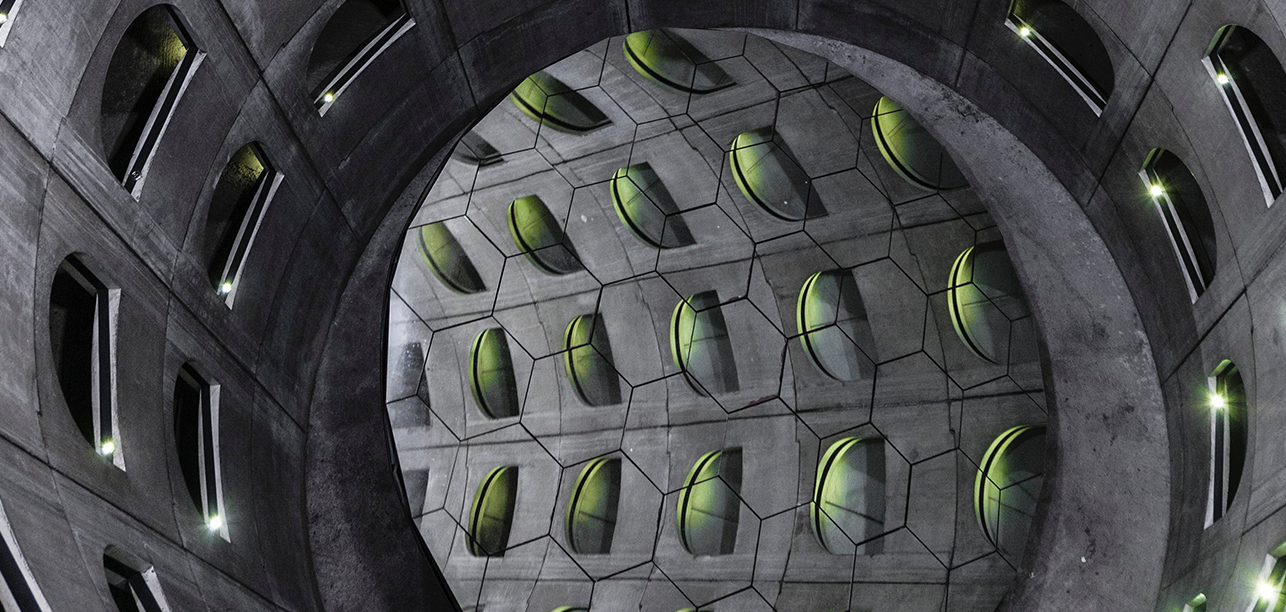
 Contemplating the massive amounts of data that traverse the web these days is like contemplating the size of a grain of sand compared to the expanses of the universe. You just can’t get your head around it. (And, I think I just got a headache.) The concept of massive data, which can no longer be managed by normal means, does have a simple name however: big data. Big data is a term applied to data that has grown so large that it becomes awkward to work with. This data is basically beyond the ability of commonly used computing tools to capture, manage and process within a tolerable elapsed time. Which begs the question, “How big is it?” Forget megabytes, gigabytes or even terabytes as current definitions are on the order of petabytes, exabytes and zettabytes (that’s a one with 20 zeros behind it!) of data. Can you say mind-boggling?
Contemplating the massive amounts of data that traverse the web these days is like contemplating the size of a grain of sand compared to the expanses of the universe. You just can’t get your head around it. (And, I think I just got a headache.) The concept of massive data, which can no longer be managed by normal means, does have a simple name however: big data. Big data is a term applied to data that has grown so large that it becomes awkward to work with. This data is basically beyond the ability of commonly used computing tools to capture, manage and process within a tolerable elapsed time. Which begs the question, “How big is it?” Forget megabytes, gigabytes or even terabytes as current definitions are on the order of petabytes, exabytes and zettabytes (that’s a one with 20 zeros behind it!) of data. Can you say mind-boggling?
A recent report from Gartner says to expect an 800% growth in data over the next five years. And it’s no wonder, according to an infographic from Emerson Network Power, every hour enough information is consumed by Internet traffic to fill seven million DVDs. Emerson also reports tweets have tripled from 2010 to 2011, and there are approximately 500 million active Facebook users on earth. (Yowzer! That is a lot of vacation photos!) As an IT professional this presents a challenge that is becoming all too familiar and in fact, was found as the number one challenge faced in 2011 according to the same Gartner research mentioned above. Of course, budget constraints are also a major dilemma (bummer), so adding more equipment and/or space to handle the load isn’t always an option. Finding a way to do more with less is a top priority, as usual.
Eek! So what is an IT professional to do? Enter knight in shining armor. Savvy data center services providers are addressing growing demands for data with non-traditional, high efficiency cost-saving designs for infrastructure. Asking the right questions is key, however, to find out if your provider is prepared. The below list is a good starting point:
- Six kilowatts may be fine today, but what about tomorrow? State-of-the-art facilities are going gangbusters on adding power… to the tune of 12kW and more (For curious minds, here’s an article to read up on this phenomenon). Ask your provider about the maximum power draw each server rack is capable of in order to maximize your existing footprint.
- Is your provider a proponent of green design? It may sound like a bunch of nonsense thought up by granola-toting hippies, but in actuality green data center design does make a significant impact. Efficient cooling and power systems mean more of the total consumed power is going to customer resources, which also gives the provider the ability to offer upgrades such as nicer customer amenities. Score!
- Ask your provider if they offer a wide range of platforms to support your business. Meaning, do they offer multiple IT Infrastructure options like cloud, managed/dedicated hosting or hybrid solutions in addition to colocation? You may get to a point where it makes sense to diversify and spread out your operations over a combination of platforms, most of which give you on-demand access to computing power (bonus points!). In addition, hosted solutions like these let you spread the love so you can get maximum use out of the equipment you are housing in a colocation environment.
Moral of the story? Preparing for big data doesn’t have to be as daunting as once thought if you ask the right questions of the provider you are considering. Speaking of providers (wink, wink) check us out to see how we stack up against your needs. Watch our platform flexibility video now.


